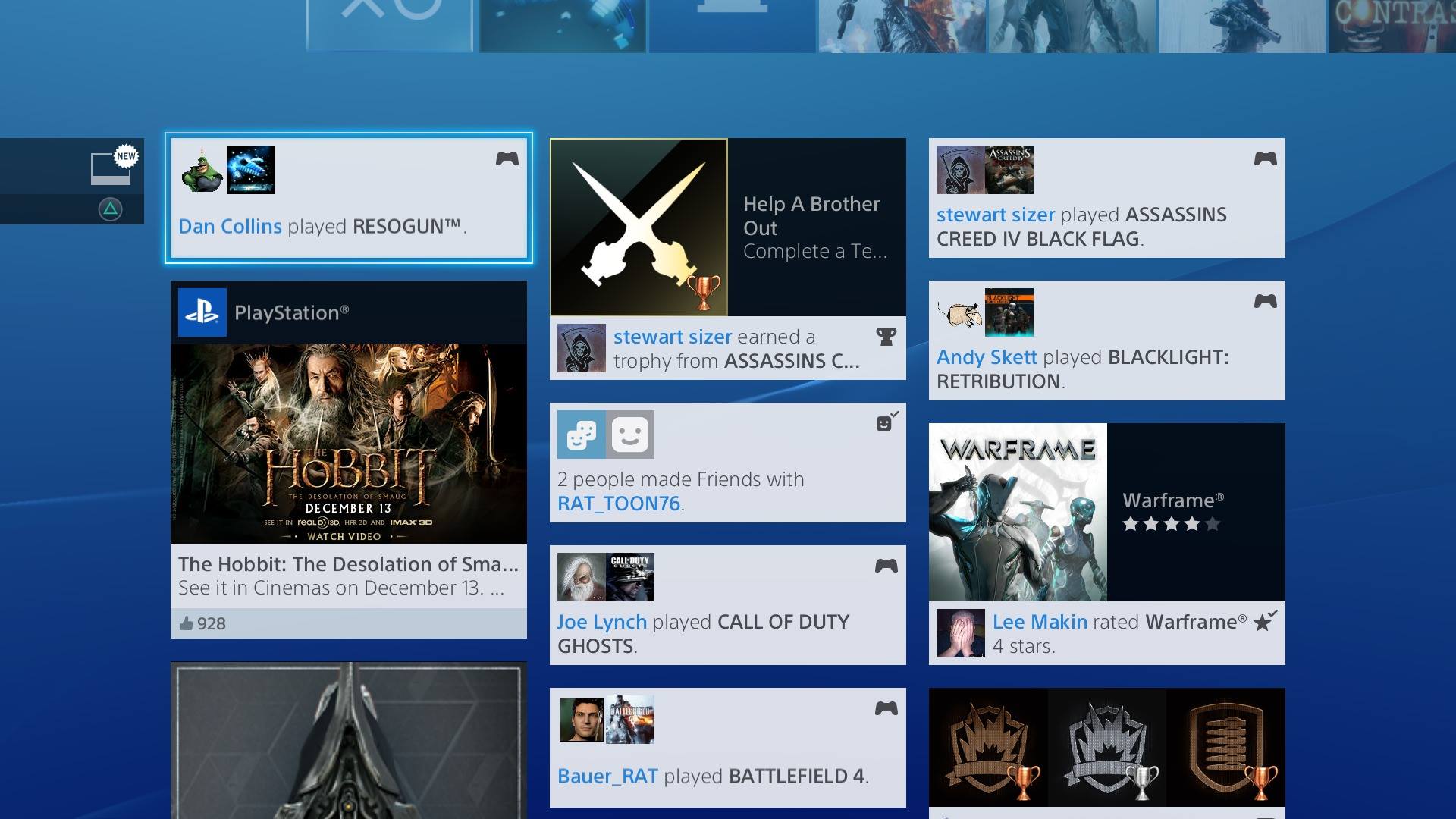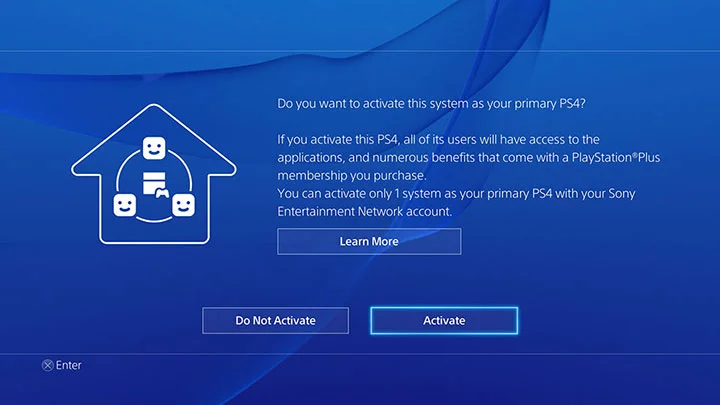



sony - intro
sony - intro
As a senior manager at Sony…
I contributed to projects such as the Playstation4 console, Playstation Vue (Sony’s online TV Service), Sony’s global UX initiative (“Genome”), the Playstation off-console experience, music services, video services, sports wearables, lifestyle software etc.
Some of the questions I tried to answer include:

sony - PS
Why Does Playstation Exist?
sony - PS
Why Does Playstation Exist?
Launched in 2006, the Playstation3 predates a sea-change in our technological lives. The world the Playstation4 was born into is a drastically different place.
Social networks like Facebook, Twitter and Snapchat changed the way we communicate. Services like Netflix, Spotify and Youtube gave us new ways to find, pay for and consume media. Devices like the iPhone, Android Family and Roku provided us with new locations and methods for us to engage with these new experiences.
At its core Playstation is always about the games. Games are the platform’s strength and key differentiator. Nobody buys a console to experience its user interface.
But what does that mean for account creation or social activity? What does that mean when the player is away from home and their console?
2013 & 2014
For the console’s “home” experience we focused on getting our players to their destination, and fast. Content is presented in the order you last accessed it, presuming “today I want to continue the game I was playing yesterday.”
We tried to keep the same focussed ethos in other areas of the UI, such as the social activity feed, the registration process and the companion app — wherever you are and whatever you are doing there is a clear path to a game.
2015 and Beyond
To preserve these clear paths I believe we need to embrace an asymmetric ecosystem and seek to put tools only where our players need them. The tools to discuss latest releases in a browser, to organize tonight’s match on a cell phone and to play the big games on the big TV at home.
And this isn’t just an extension of the platform. We also need to explore what it is to have content and player identities that extend beyond the the TV, changing and changing again to best fit each new context.

sony - Uni
Who are gamers when they aren’t gaming?
sony - Uni
Who are gamers when they aren’t gaming?
Sony have a fairly good grasp of their players’ desires and activity on the Playstation 4 console, however we recognized a blind-spot when discussing their cultural and social lives away from the console.
For instance: how do gamers relate to each other, or to non-gamers? What are the common themes in their lives when they aren’t playing games?
Is there an itch that Sony could scratch?
The Uni research project was looking for actionable opportunities that could guide Sony’s current and future product development.
Leading the project, I created a council of experts drawn from all areas of the company and co-ordinated with research efforts from both the US and Europe.
Working with an external vendor over four months, the project attempted to uncover common themes in the 23 hours a day Sony’s customers are not using their Playstation.
The project’s first phase was talking to leaders within Sony in order to share ideas, identify the company’s strengths and weaknesses, and build consensus around how the research could be most useful.
In the second phase we engaged with our consumers. Guided by Playstation’s already extensive audience segmentation work we visited conventions, spoke to friend-groups, interviewed individuals, and gathered players in storytelling workshop sessions.
The third phase involved synthesizing information, finding common threads and weaving them together into what we felt were true and compelling areas of interest for the wider company.
The project resulted in six clearly defined themes containing common motivations and desires across our audience. The themes were illustrated with sixteen product opportunities showing specific places these themes might be applied.
The themes covered topics like creativity, humor and altruism in our players’ lives.
Two of these themes confirmed and reinforced work already happening within the Playstation project.
The remaining four themes had not been previously considered as discreet areas of opportunity. Three of these themes were discussed and developed as part of the Playstation vision for 2016 and 2017.






